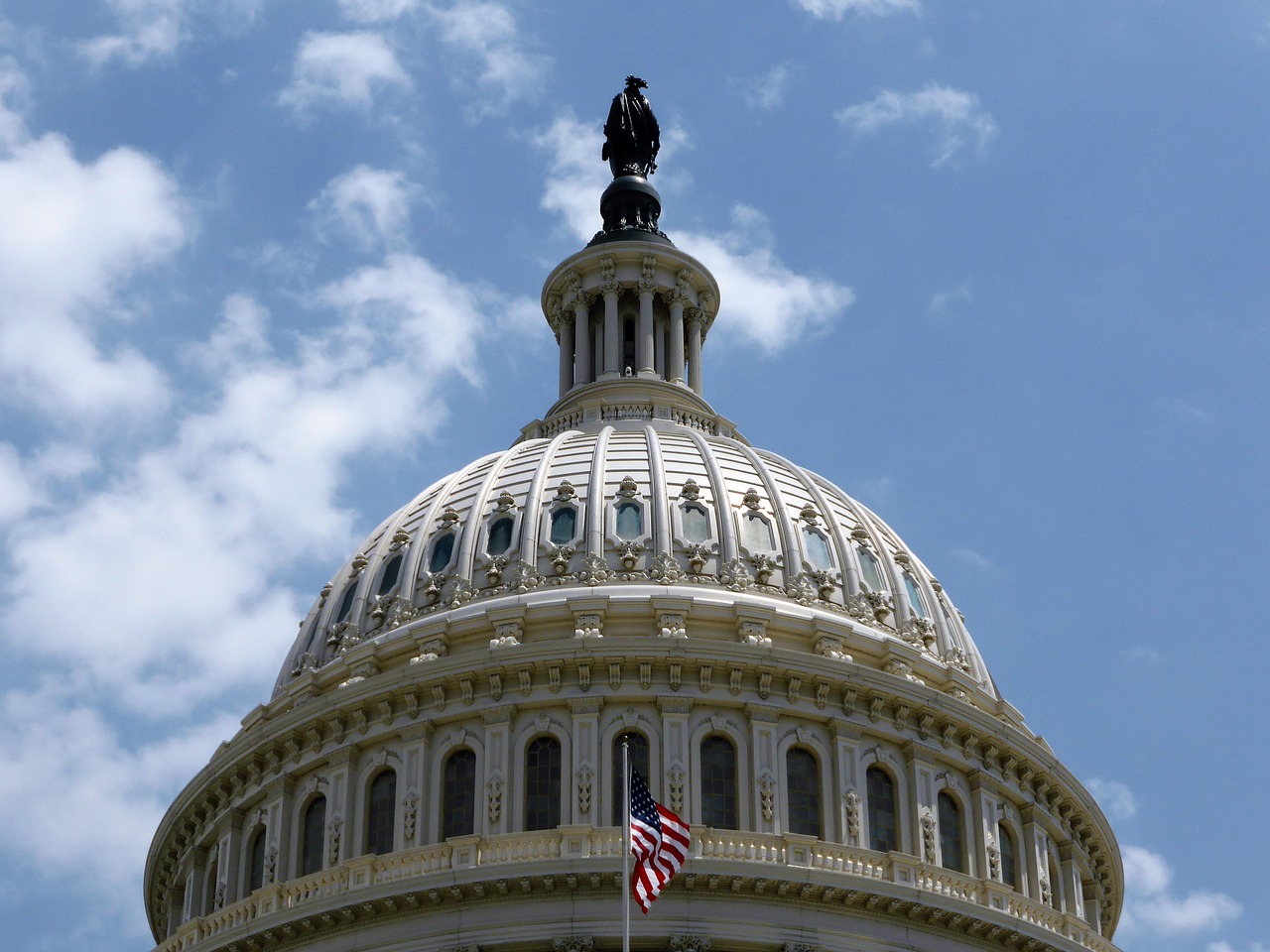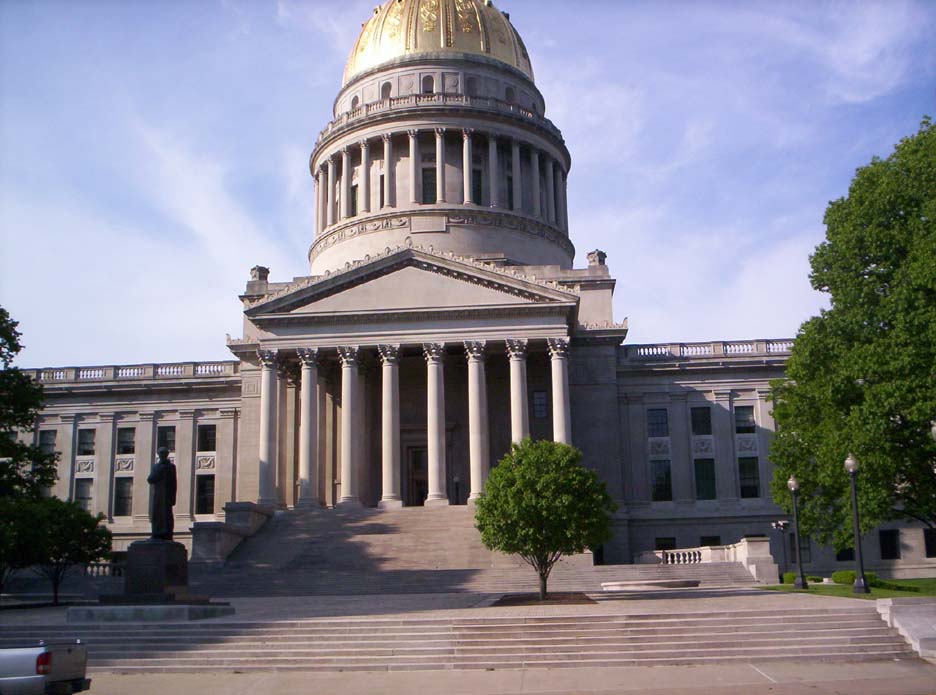2018 List: Best and Worst School Systems by State
Wallethub, a personal finance website based in Washington D.C., released this year’s list of states with the very best and worst public school systems. The research behind the study highlights the top K-12 education for each state along with other metrics to yield ratings out of 100 points.
The comprehensive list features data from the 50 states including the nation’s capital. Wallethub also used quality and safety figures to supplement their findings.
Their analysis “accounts for performance, funding, safety, class size and instructor credentials,” Adam McCann, financial writer with Wallethub, said. “To determine the top-performing school systems in America, WalletHub compared the 50 states and the District of Columbia across 25 key metrics.”
Here’s a list of the top and bottom 15 school system rankings:


The data above shows that northeastern states like Massachusetts, New Jersey, Connecticut, New Hampshire, and Vermont have some of the best public schools in America. The worst school systems according to the list are in D.C., Louisiana, and New Mexico to name a few. In addition to Wallethub’s list, it’s important to note that there is a significant correlation between the top ranked states and how much they spend on public education.
The finance website compares the state dropout rates, math and reading test scores, highest and lowest median standardized test scores, student to teacher ratios, percentage of threatened high schoolers, and even bullying incidence rates. To get the quality and safety scores, McCann said “we determined each state and the District’s weighted average across all metrics to calculate its overall score and used the resulting scores to rank-order our sample.”

McCann also notes that oftentimes a public school education is the only option for most American families. State, federal, and local government spending are some of the key factors that influence the quality of public education. Since the federal government spends the least on public education, according to Wallethub, state and local government funding contribute just as much. In short, the more resources that states have, the better their schools will be ranked on average as a result of funding.
“Giving students a good education is crucial for the future of the country. That responsibility falls to parents, educators and leaders alike,” McCann said.




